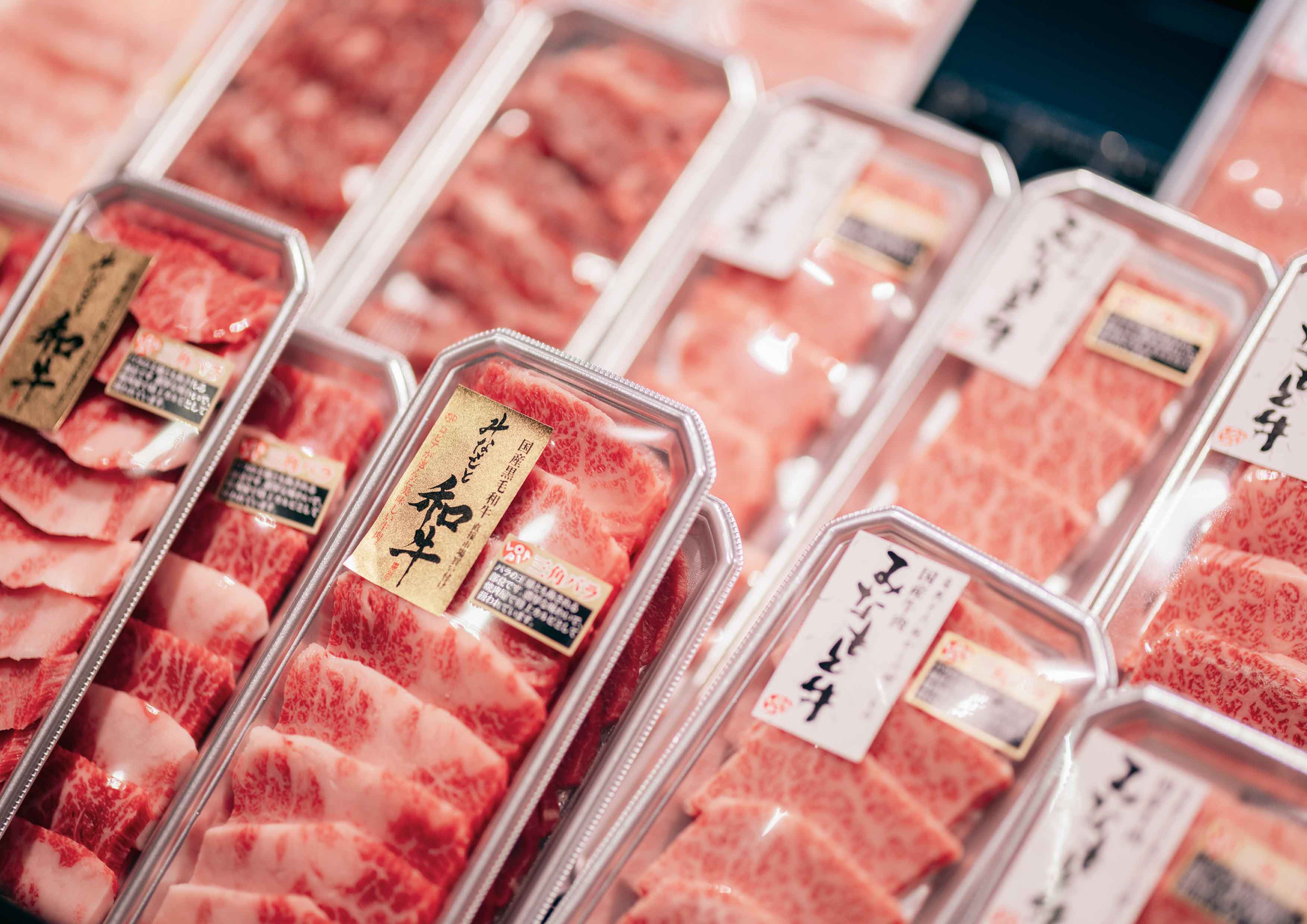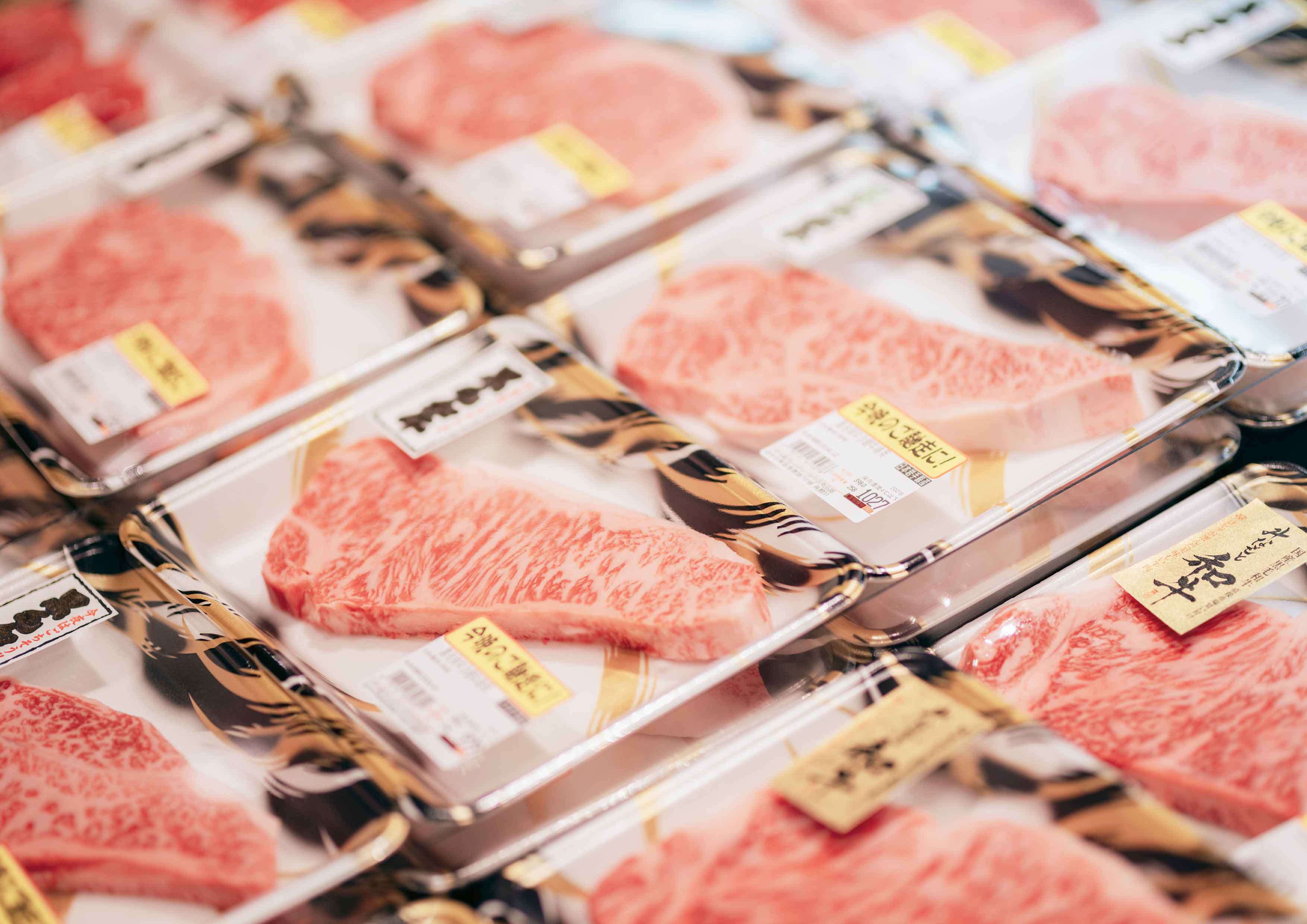Today in Japan, beef, pork, and chicken are the main meats consumed. Its consumption is very high. One of the reasons for this is that Japanese food culture is very tolerant of overseas culinary cultures. Therefore, the amount of meat imported from overseas countries is also very large. Because of the relatively low price, there’s a huge demand for them. They are consumed on a daily basis in restaurants or general family homes. Hmm… As a matter of fact, in today’s Japan, the meats commonly consumed may be more likely to come from overseas than from domestic sources.

Well, well. Japanese quality and safety standards for food ingredients are well known to be very strict. This is also true for meats. We have very strict quality / safety checks on imported meat from overseas, but we may be even stricter on domestic products. In particular, quality control and safety control are quite strict for brand named products. In this article, we would like to explain about such Japanese Branded Meats. Oh, first of that. We should give you a definition of what we mean by “branded meats” here. They are meat products that are guaranteed to satisfy the breed, rearing environment / conditions, and quality / safety standards established for each branded name. Even if they are of the same breed raised in the same region, those that do not satisfy the specified breeding environment / conditions or quality standards cannot be given that branded name. There are many such branded meat products, whether beef, pork, or poultry, but there are some very strict rules, especially for branded beef. Actually, meats were not that common a foodstuff in Japan originally. Since cattle and horses were used exclusively for farming and transportation, it was not customary to eat them. Pigs did not come in the breeds we know today, and wild pigs (wild boars) were not a common food except in rural areas. Wild birds or rabbits have been consumed for a relatively long time, mainly in inland areas, while chicken was raised usually for egg harvesting. It is said that beef, pork, and chicken became common food ingredients in the general Japanese food culture after the Meiji Restoration. Due to the arrival of Western food culture, it seems that we had “come to know” the culture of eating meat. Thus, the raising of cattle, pig, and chicken for meats has started in earnest in Japan. It was even later, after World War II, that each brand named of meat, which is now a specialty of each region of Japan, was created. The branding of beef, pork and chicken raised in various regions of Japan has been very effective in producing local specialties, and in recent years, many “branded meats” products have become well known. However, if the quality of these products is not good, they will not become known as specialty products… Well, it seems that good products are steadily increasing their visibility.
Branded Beef
Each of the 47 prefectures has its own “branded beef”. Currently, there are about 200 varieties… Wow! Omi beef, Matsuzaka beef, and Kobe beef, which are considered Japan’s three major beef products, are well known even overseas. The main criteria for each “branded beef” include breed, sex, feedlot, and some kinds of meat quality grades. Some others have specific rearing seasons / duration, feed, etc.
※ Meat quality grade: Grading (5 levels) of following 4 factors. ① Fatty intermixture (degree of fat marbling), ② Color and luster of the meat, ③ Firmness and texture of the meat, ④ Color and quality of the fat
※ Grade value of the percentage of the material quantity that can be used as a commodity: The higher the quality of the material, the higher the grade value (3 levels).
Branded Pork
The main criteria for “branded pork” are breed, feed, and rearing environment. Pork meats consumption in Japan is higher than beef consumption, and there are more than 400 varieties of “branded pork”, far more than the number of “branded beef”. Kagoshima Kurobuta, Okinawa Agu, Rose Pork, Platinum Pork, etc… Just to name a few of the famous ones… Generally, grades of pork distributed in Japan are divided into “極上(superfine)”, “上(top)”, “中(medium)”, and “並(average)”. In addition to that grading, carcasses (semi-circular meat divided in two parts from the backbone after removing blood, skin, head, organs, etc.) that are formed using a specified disassembly method are graded according to the thickness of the back fat, appearance and meat quality.
Branded Chicken
Chicken meats distributed in Japan is classified into three categories: broilers, brand-named chicken, and jidori (locally harvested chicken). Broilers are generally distributed poultry that have been raised for a short period of time. Brand-named chicken are those that have added value by using special feed (herbs, etc.). And jidori are chicken that have a mixed blood ratio of more than 50% of domestic native breeds, are kept for a longer period of time, and have a defined rearing environment (construction of the rearing shed and rearing density). Generally speaking, branded chicken meats are brand-named or jidori chicken meats. Hinai Jidori, Nagoya Cochin, and Satsuma Jidori are very well known as high-quality jidori in particular.
Japanese branded meats are also well accepted by people from overseas, and many are quite surprised at “the obvious differences”. Most of what is known as Japanese branded meats has usually the following three characteristics in common.
・Good fat content
・Less odor peculiar to meat
・Very tender
These characteristics are common to beef, pork, and chicken. However, what kind of meats people prefer is still different for each person, isn’t it? Some people prefer less fat and more lean meat, while others prefer well-fatty. Some people like chewy food, while others like soft to chewy food that is easy to chew through. Some people like the unique flavor or smell of meat, while others prefer something that is not so unique… Therefore, we are not sure if all of you, meat lovers would necessarily find Japanese branded meats tasty. But if you have a chance, please give it a try. It is definitely worth your time to enjoy it.




_op.png)
_001.png)
_002.png)
_003.png)
_004.png)
_005.png)
_006.png)
_007.png)
_008.png)
